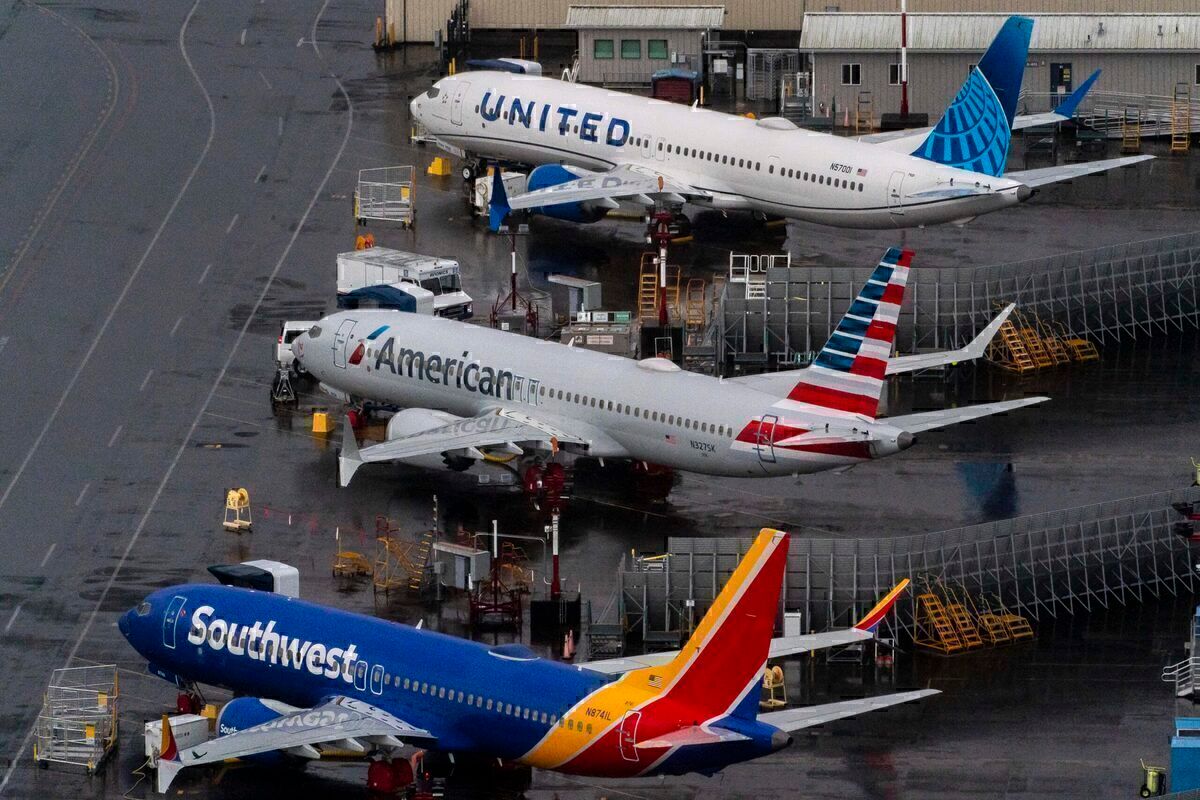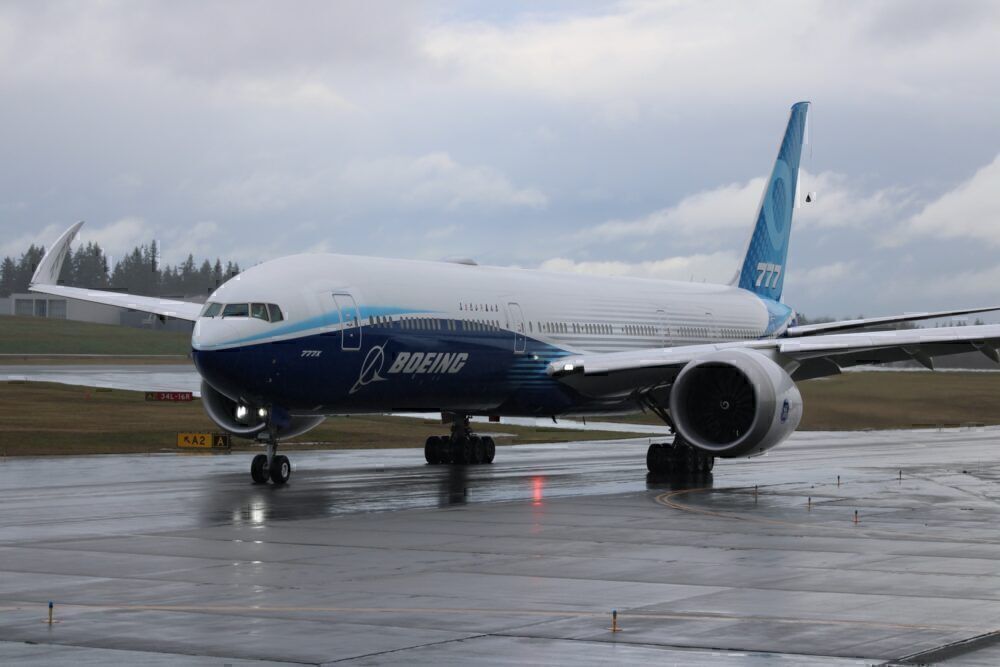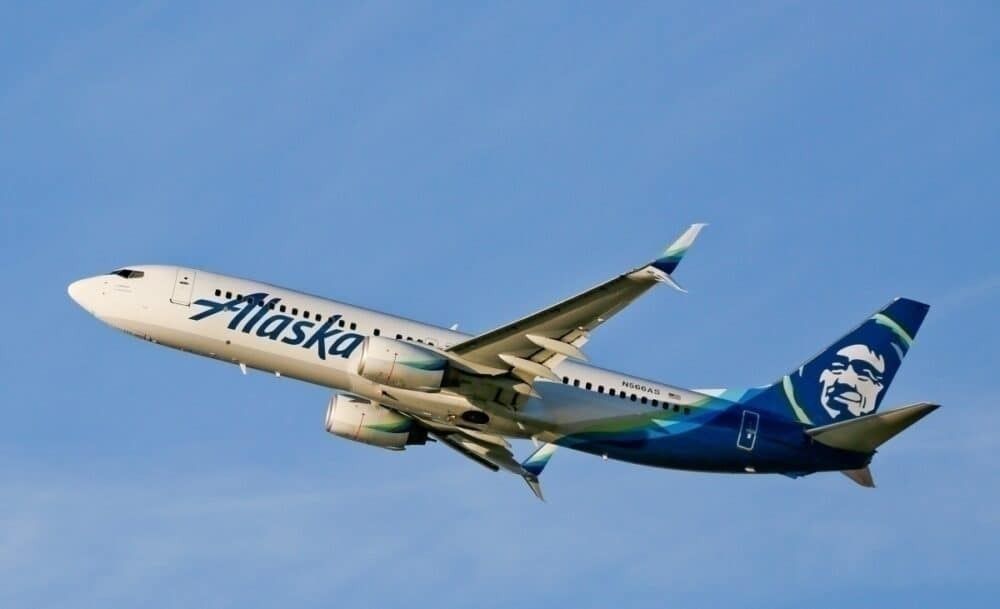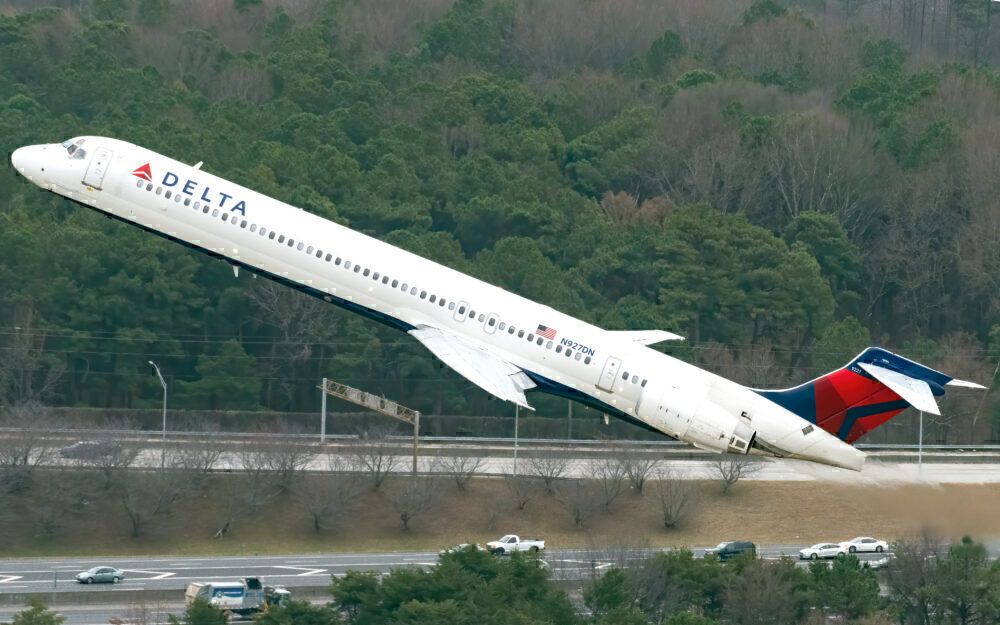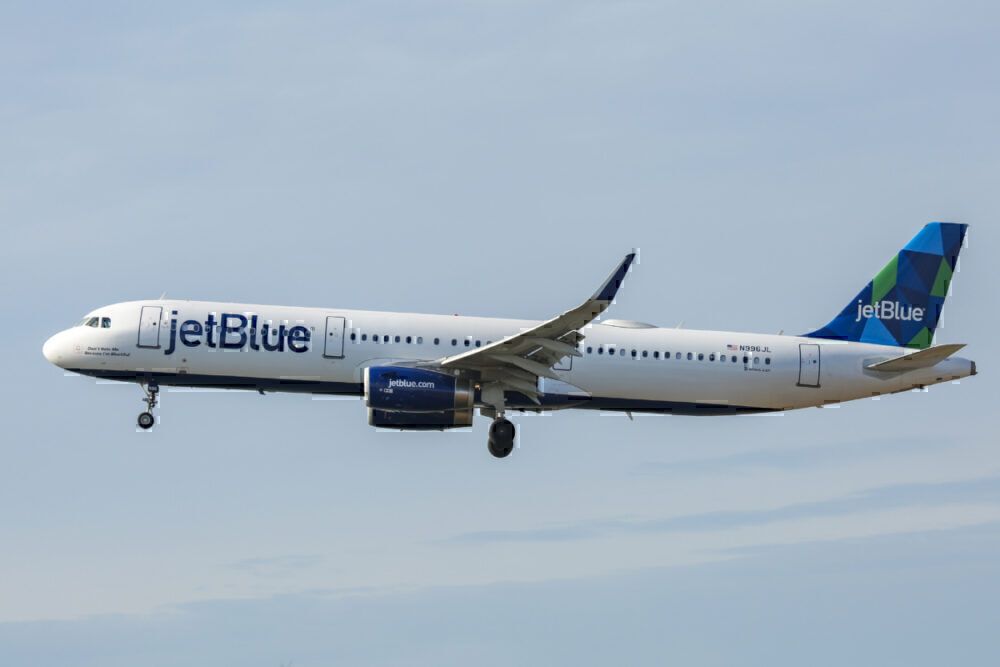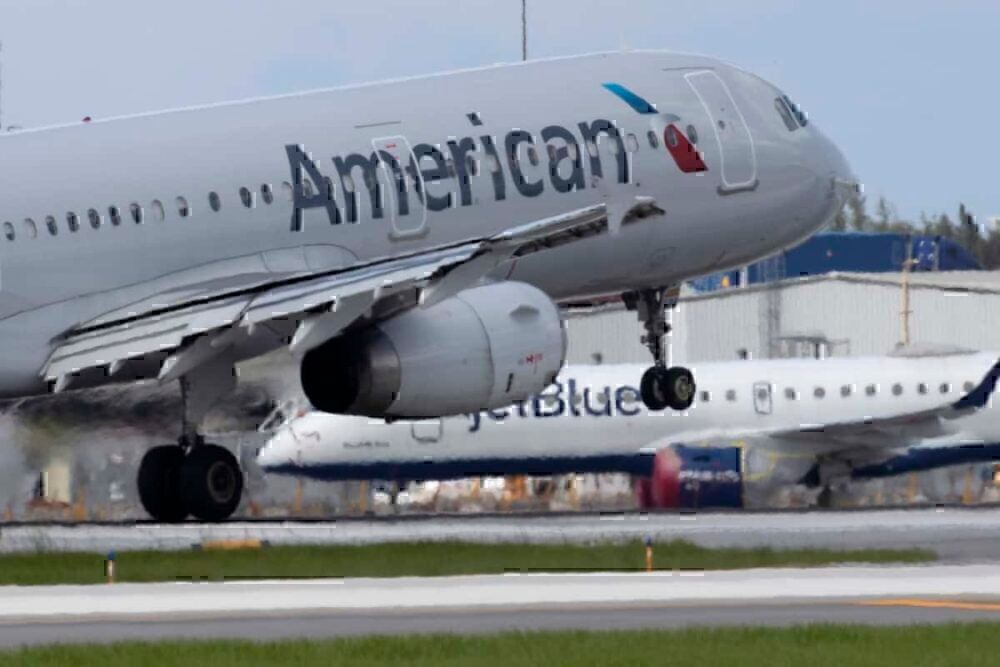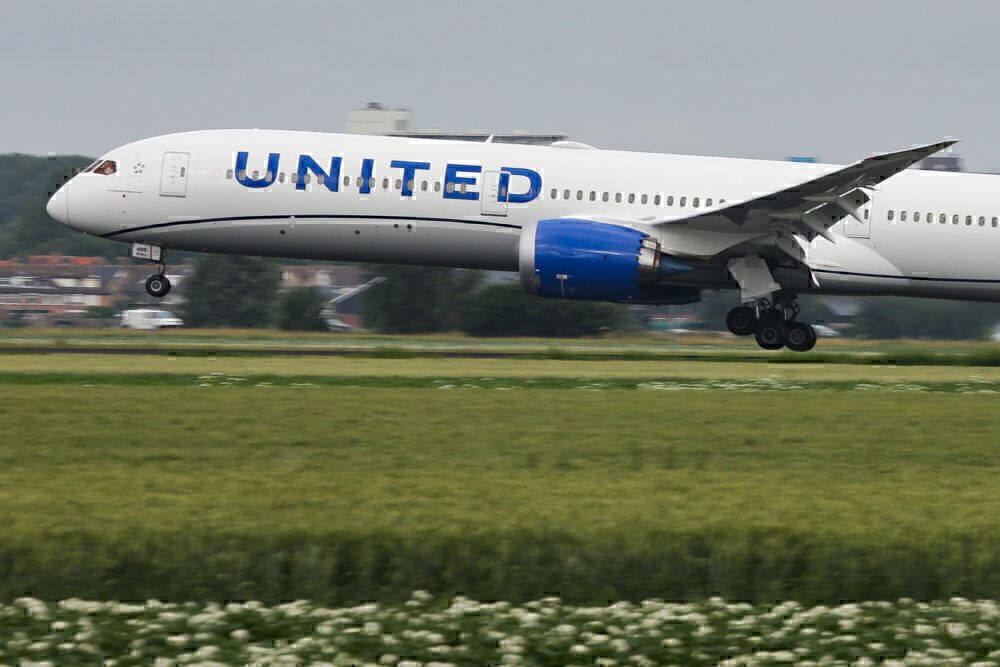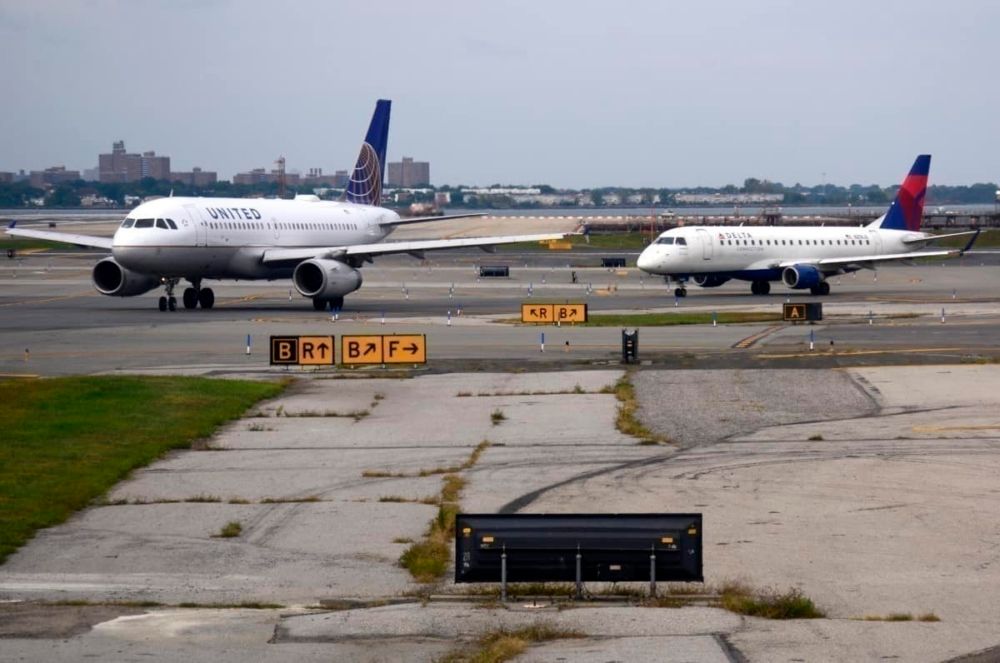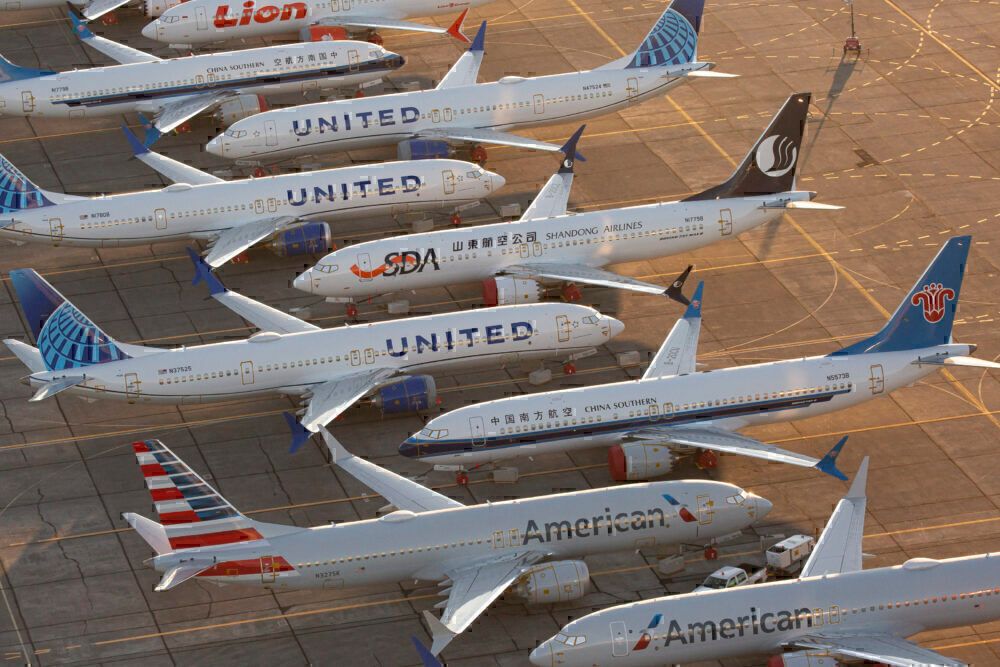It has been quite a year for US airlines. Every carrier started the year out strong with a host of new route launches, alliance and partnership expansions, and an outlook for another record year of travel, profits, and growth. By March, however, everything was turned upside down, and airlines took a whole different approach to 2020.
A great start to 2020
The first big event in the United States happened at the end of January when the Boeing 777X took off in its maiden flight in Seattle. The 777X maiden flight marked the start of what Boeing hoped would be a great year after two rough ones. With the MAX recertification pressing onwards, and large MAX customers staying true to the plane and looking to take even more, Boeing used the 777X has the fanfare event to ring in the new year.
Also, in January, Delta Air Lines decided that this year would be the year of technology. While other airlines were plotting new routes and aircraft orders, Delta decided to invest in airports and the inflight experience. However, some of that went on hold later in the year, but Delta does still have plans to add more technology to the flying experience.
In February, just before Valentine's Day, Alaska Airlines showed some love for its partnership with oneworld alliance carriers and announced it sought to join the alliance as a full member. The Seattle-based airline also announced plans to deepen its partnership with American Airlines, with the latter adding new long-haul routes out of Seattle, including to Bangalore.
After losing partner LATAM to Delta in 2019, American Airlines followed up in 2020 with a new partnership with GOL. The carrier also outlined plans to expand services to Brazil, where the airline would be able to offer onward connections to new passengers. It also finally put things aside with Qatar Airways and announced a new codeshare with the Middle Eastern carrier as it explored opportunities to add a new route to Doha.
The pandemic hits
From March onwards, it was a rough few months for US airlines. Every carrier instantly started to reduce schedules and then began working with the US government for emergency aid, which they received. It became a question of managing capacity, watching bookings, and figuring out what to do next and where to fly from then onwards.
Almost immediately, losses started to pile up, and airline employees started to fret about their jobs. Government aid required carriers to keep people employed, but only through September 30th.
All US airlines started to look at ways to cut cash, of which the most visible included fleet retirements. American Airlines this year decided to retire older and inefficient fleets. Delta Air Lines went on a retirement spree with over 200 jets leaving it and its regional fleet this year. Alaska Airlines began cutting down its Airbus fleet, and Southwest slowly removed some of its Boeing 737-700s.
However, from June onwards, the airline industry started to look forward to a brighter future.
New routes and expanded partnerships
JetBlue was one of the first airlines to sense the opportunity to add a host of new routes. This included expanding its Mint business class presence to Newark, bringing some premium competition to United's base in New Jersey.
Perhaps the biggest news from the middle of the year was that American Airlines would be launching a new partnership with JetBlue out of the Northeastern United States. American Airlines celebrated the new partnership with an announcement that it is adding new long-haul international routes out of New York and would seek to expand, using JetBlue's network as a baseline.
Delta began working closer with LATAM on routes to South America and started implementing the joint venture between the two airline giants.
Alaska Airlines also doubled down on its plans to join the oneworld alliance. After the crisis hit, there were some concerns about how and when Alaska would join the alliance, given that joining an alliance typically comes with a lot of logistics to manage and cash expenditures.
Come September, United Airlines still had a large fleet and decided to put more of it to use heading into 2021 and beyond. The airline announced seven new long-haul routes, including five international ones. At the same time, United continued to press ahead with retrofits of its existing fleet.
Then, in November, United Airlines turned up the heat on one of the most lucrative sets of routes in the United States. The carrier announced it would be coming back to New York-JFK and that it was putting its premium-heavy 767s on transcontinental flights from the airport. This marked a return to the heavily congested airport after the carrier previously left the airport to focus on its Newark hub.
The business side of airlines
Airlines saw incredibly high cash burn from the start of the year through the end. Delta is hoping to hit in the mid-teens in terms of millions of dollars of burn per day, on average, by the end of the year. United expects its cash burn to be in the twenties, while American is anticipating burning up to nearly $30 million per day.
Airlines turned to different methods to shore up their liquidity. This included taking government support, closing on government loans, selling and leasing back aircraft, and selling notes and equipment-secured certificates. However, one of the most important ways airlines raised liquidity was through leveraging their frequent flier programs.
United was the first to do this, raising about $3 billion from the effort. However, Delta followed this up with a massive $9 billion SkyMiles-leveraged funding initiative. This shows the immense value these frequent flier programs have, as both a currency for utilization by passengers and a trove of value for airlines.
All US carriers are ending the year with a relatively large amount of debt compared to when they started. They will need to sort out plans to pay it off or else consider filing for bankruptcy reorganization in the United States.
Airlines add customer-friendly initiatives
In the third and fourth quarter, airlines started to get a little fed up with the lack of a national testing strategy, and passengers did not always know where to go for a test, nor what tests would be valid for entry. So, airlines started to add new partnerships with testing providers to enable more passengers to travel.
At the end of August, United Airlines paved the way with the elimination of a significant number of change fees. In the coming days, nearly every US airline followed United's lead, and some even expanded on it. Throughout the remainder of 2020, airlines continued to modify their change fee policies for the better, though refund eligibility remains pretty stringent.
The return of the 737 MAX
The last big event of 2020 was one that set the tone for Boeing's future. In November, the FAA recertified the Boeing 737 MAX for commercial operations. In the weeks after, Alaska Airlines became the first US carrier to announce a new order with Boeing for the MAX.
Finally, in December, the American planemaker began working on its mammoth task of delivering its 450 built 737 MAX jets. With final recertification in other countries expected to happen in early 2021, Boeing ended the year the way it started: on a high note for its planes, but not for its balance sheet.
What was your favorite story from 2020 in the US? Let us know in the comments!

